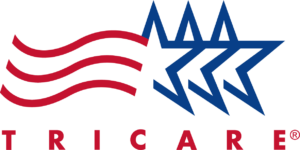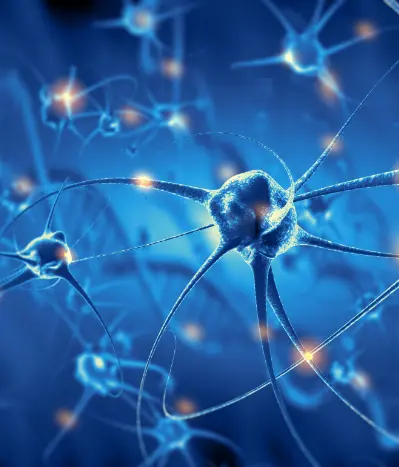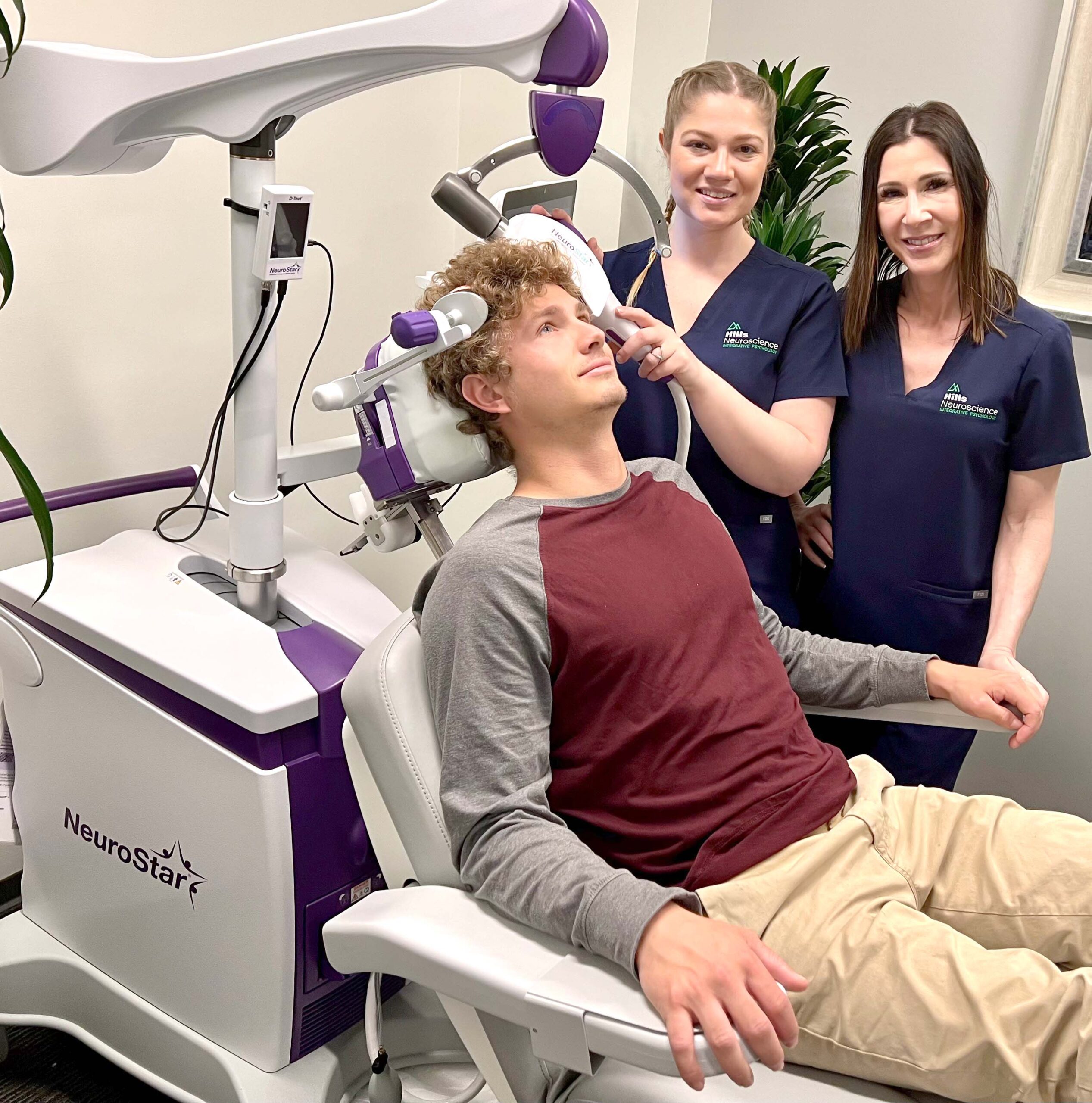To provide exceptional treatments in a safe, supportive environment that empower you to reach your peak potential and live a meaningful life, while building a connected and collaborative community. We strive to advance mental health and wellness treatment by incorporating cutting-edge, innovative, empirically supported technology, long-established eastern modalities, optimizing western techniques, and exploring new possibilities to revolutionize health care.











